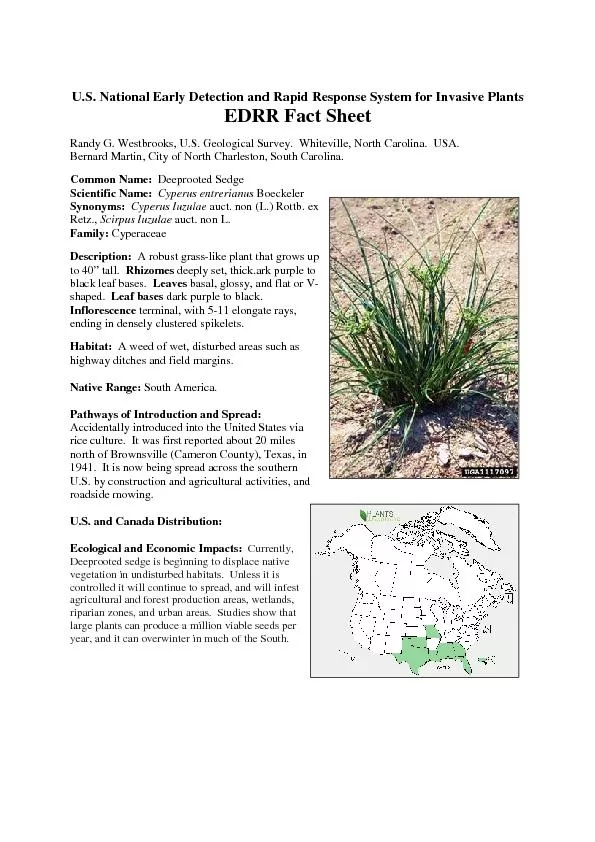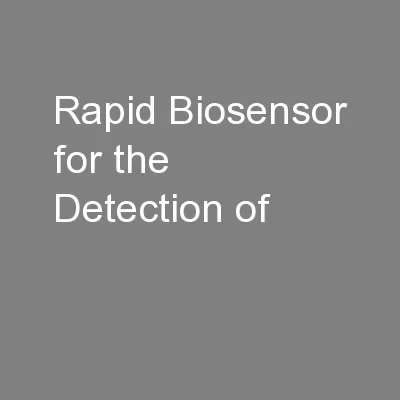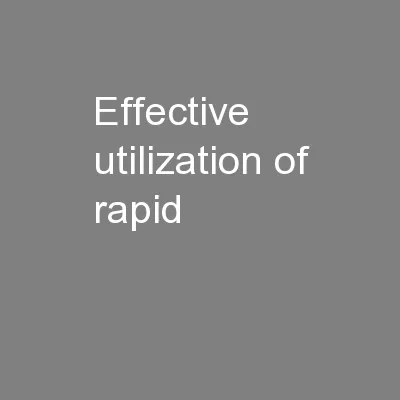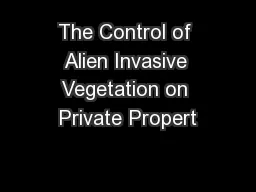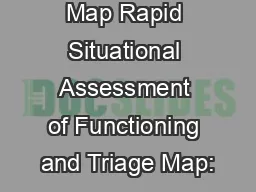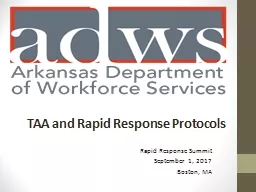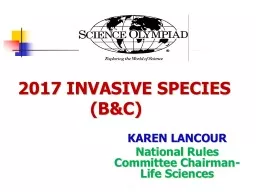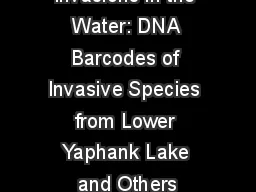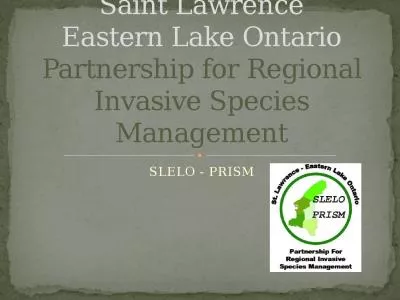PDF-U.S. National Early Detection and Rapid Response System for Invasive P
Author : jane-oiler | Published Date : 2016-11-16
Currently Deeprooted sedge is beginning to displace native vegetation in undisturbed habitats Unless it is controlled it will continue to spread and will infest
Presentation Embed Code
Download Presentation
Download Presentation The PPT/PDF document "U.S. National Early Detection and Rapid ..." is the property of its rightful owner. Permission is granted to download and print the materials on this website for personal, non-commercial use only, and to display it on your personal computer provided you do not modify the materials and that you retain all copyright notices contained in the materials. By downloading content from our website, you accept the terms of this agreement.
U.S. National Early Detection and Rapid Response System for Invasive P: Transcript
Download Rules Of Document
"U.S. National Early Detection and Rapid Response System for Invasive P"The content belongs to its owner. You may download and print it for personal use, without modification, and keep all copyright notices. By downloading, you agree to these terms.
Related Documents

